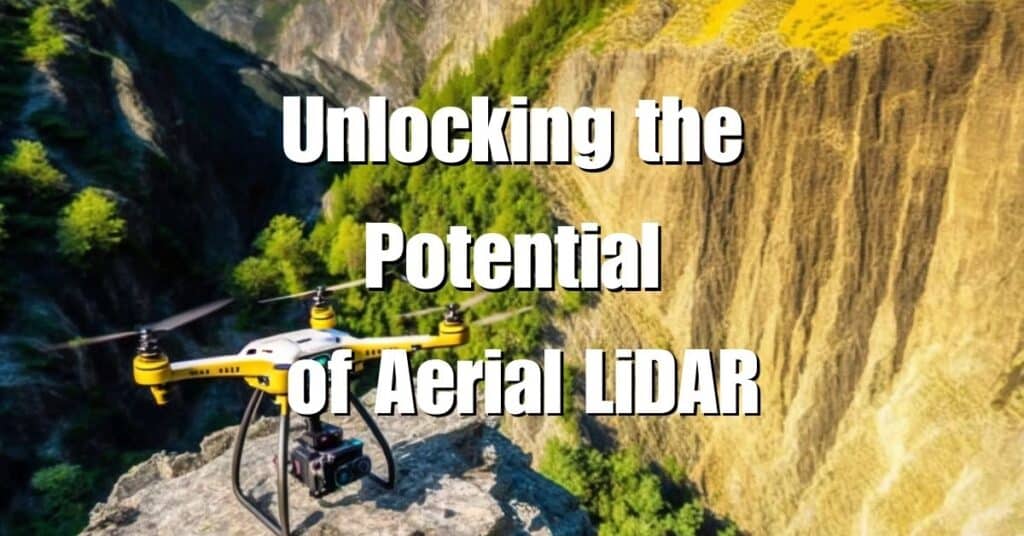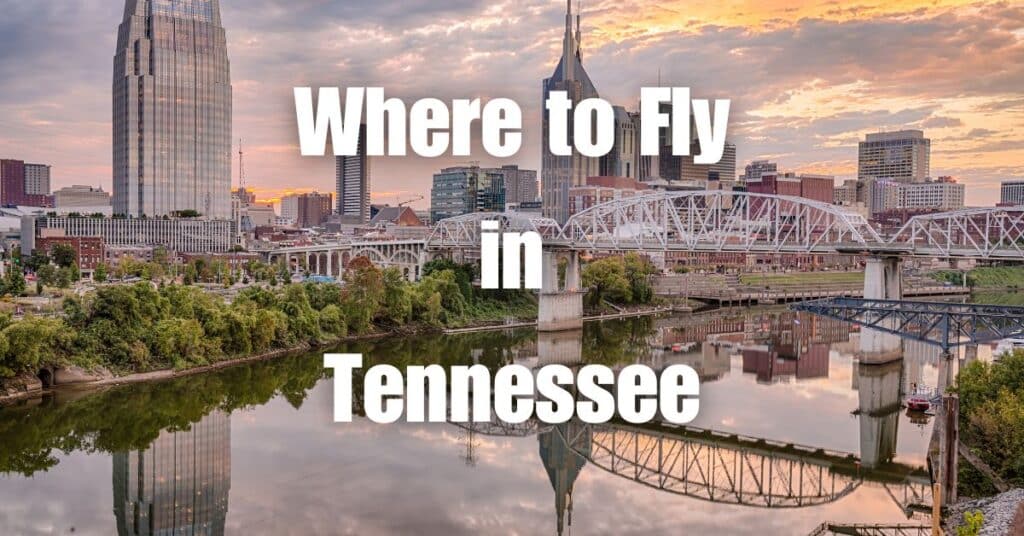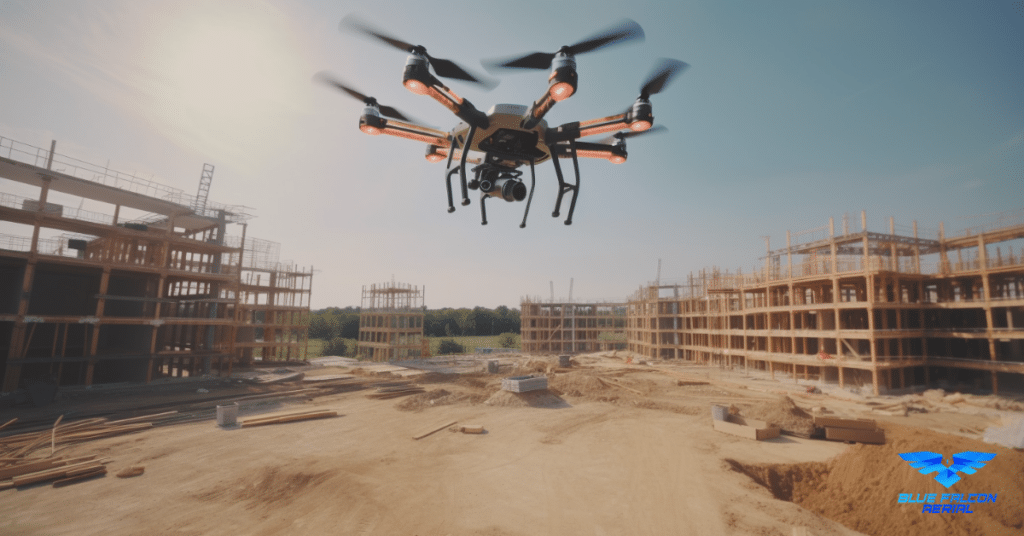Operating drones, whether for recreational or commercial purposes, requires a strong understanding of FAA Airspace Authorization. This guide aims to provide a comprehensive view of the FAA Airspace Authorization Request process, from submitting your request to what happens after submission, and beyond. We’ll cover key questions like “How do I expedite my request?”, “What are the associated fees?”, and “What happens if my request is denied?”. Whether you’re a drone enthusiast, a professional pilot, or a business owner, this guide will equip you with the knowledge to confidently navigate the FAA Airspace Authorization landscape.
Understanding FAA Airspace Authorization
Navigating the skies safely and legally requires a clear understanding of FAA Airspace Authorization. This section will guide you through what FAA Airspace Authorization is, why it’s important, and the differences between authorizations for drones and commercial flights.
What is FAA Airspace Authorization?
FAA Airspace Authorization is the permission granted by the Federal Aviation Administration (FAA) that allows pilots to operate in certain parts of the national airspace. This authorization is necessary for safety and control purposes, ensuring that all air traffic is regulated and monitored.
In the context of unmanned aircraft systems (UAS), or drones, FAA Airspace Authorization is required for operations in controlled airspace, from surface level to 400 feet above ground level (AGL). Controlled airspace is typically around airports where manned aircraft are present, and it’s regulated to ensure the safe operation of all aircraft.
Why is FAA Airspace Authorization Important?
Obtaining FAA Airspace Authorization is not just a legal requirement, but it’s also crucial for maintaining safe skies. By controlling and monitoring who operates in a given airspace, the FAA can significantly reduce the risk of air accidents, ensuring the safety of all air traffic.
For drone pilots, failing to obtain the necessary authorization can result in fines, legal action, or even the suspension of your drone pilot’s license. Thus, it’s essential to understand when and how to apply for FAA Airspace Authorization.
FAA Airspace Authorization for Drones vs. Commercial Flights
While both drones and commercial flights need FAA Airspace Authorization, the process and requirements vary.
Commercial flights, operated by airlines and private jet operators, typically have established procedures and protocols for obtaining airspace authorizations, managed through air traffic control systems.
On the other hand, drone operators need to seek authorization through either the Low Altitude Authorization and Notification Capability (LAANC) system or the DroneZone portal, depending on the type of operation.
Whether you’re operating a drone for recreational, commercial, or public purposes, understanding the intricacies of FAA Airspace Authorization is a must. The next sections will help you understand the types of authorizations available and how to request them.
Types of FAA Airspace Authorizations
The Federal Aviation Administration (FAA) offers several types of airspace authorizations to accommodate a variety of flight operations. This includes Low Altitude Authorization and Notification Capability (LAANC) and DroneZone, as well as special authorizations for unique circumstances.
LAANC (Low Altitude Authorization and Notification Capability)
The LAANC is an automated system that provides near real-time processing of airspace authorizations for drone pilots operating under the Small UAS Rule (Part 107). It’s the primary method for drone pilots to obtain airspace authorizations for areas close to airports, where the airspace is managed more strictly.
The LAANC provides access to controlled airspace at or below 400 feet, which is the typical operating range for most drones. It’s worth noting that not all airports participate in the LAANC, so some locations may require a different method of authorization.
DroneZone
When LAANC is not available, drone pilots can use the FAA’s DroneZone portal. This web-based platform allows users to submit airspace authorization requests for flights that fall outside of what is permitted under LAANC. This includes flights above 400 feet, operations at night, or flights in areas not covered by LAANC.
DroneZone authorizations typically take longer to process than LAANC requests due to the manual review process involved. Therefore, pilots should plan ahead and submit their requests well in advance of their planned operations.
Special Authorizations
For unique circumstances, the FAA provides special authorizations. These are designed for one-off situations or special events where standard authorizations may not be appropriate.
Special authorizations can cover a variety of operations, including:
- Night operations, which typically require a waiver in addition to airspace authorization.
- Special events such as concerts or sports events, where there may be a temporary flight restriction (TFR) in place.
- Operations in restricted or prohibited areas, which are typically off-limits to all aircraft.
Regardless of the type of FAA Airspace Authorization, all drone pilots must ensure they have the correct permissions before operating in controlled airspace. The next sections will guide you through the process of submitting an FAA Airspace Authorization Request.
Step-by-Step Guide to FAA Airspace Authorization Request
Submitting an FAA Airspace Authorization request doesn’t have to be a complex process. This section will walk you through the requirements, submission procedures, and specific scenarios where you may need to apply for airspace authorization.
Required Documents
Before submitting your FAA Airspace Authorization request, ensure you have the following documents ready:
- Remote Pilot Certificate: Issued by the FAA, this certificate confirms that you are a qualified drone pilot under Part 107.
- UAS Registration Certificate: You’ll need to provide the unique registration number of the drone you plan to operate.
- Flight Plan: Outline your intended flight area, altitude, time of operation, and any additional details related to the operation.
How to Submit a Request through LAANC
Follow these steps to submit an FAA Airspace Authorization request through LAANC:
- Identify a LAANC provider: LAANC is available through several FAA-approved service providers. Choose the one that best fits your needs.
- Create an account and log in to the chosen LAANC provider platform.
- Submit your request: Include your flight details such as location, maximum altitude, date, and time of the operation.
- Wait for approval: Most LAANC requests are approved almost instantly.
How to Submit a Request through DroneZone
If LAANC isn’t available or suitable for your operation, you can submit your request through DroneZone. Here’s how:
- Visit the FAA DroneZone website and log in to your account.
- Select ‘Operational Waivers’ then ‘Create New Operational Waiver/Authorization’.
- Fill out the form: Provide detailed information about your planned operation.
- Submit your application and wait for approval. This process may take up to 90 days.
FAA Airspace Authorization Request for Specific Purposes
Depending on the nature of your operation, you might need to provide additional information when submitting your FAA Airspace Authorization request. Here are a few scenarios:
- Construction projects, surveying, real estate photography, agricultural drone operations: Describe the nature of the work and why it’s necessary to operate in the requested airspace.
- Near airports: Specify the distance from the airport and how you’ll ensure the safety of manned aircraft.
- Media coverage, emergency response: Explain the urgency of the operation and any precautions to mitigate risks.
- Night operations, industrial inspections, pipeline monitoring: Indicate the measures you’ll take to ensure safe operations in potentially hazardous conditions.
Remember, the more detailed and clear your application, the higher your chances of approval. The FAA wants to ensure that your operation will not pose a risk to other aircraft or people on the ground.
Understanding the FAA Airspace Authorization Process
Once you’ve submitted your FAA Airspace Authorization request, it’s essential to understand what happens next. This section covers the processing time, how to expedite your request, and the fees associated with your application.
Processing Time
The processing time for your FAA Airspace Authorization request can vary depending on the method used:
- LAANC: Requests through LAANC are processed almost instantly, providing near real-time authorization.
- DroneZone: Processing times for DroneZone requests can take up to 90 days due to the manual review process involved.
It’s crucial to plan your operations well in advance, particularly if you’re using DroneZone or requesting special authorizations.
Requesting an Expedited Authorization
In certain situations, you might need an expedited FAA Airspace Authorization. While the FAA doesn’t have a formal process for expedited requests, it’s advised to submit your application as soon as possible and provide a clear justification for the expedited processing in your application. Remember, safety is the FAA’s top priority, so ensure your request demonstrates a commitment to maintaining safe operations.
Fees Associated with FAA Airspace Authorization Request
As of the time of writing, there are no fees associated with submitting an FAA Airspace Authorization request through LAANC or DroneZone. However, some LAANC service providers may charge a fee for using their platform or for additional services such as flight planning tools.
Stay informed about any changes to FAA fees by regularly checking the official FAA website.
Remember, obtaining FAA Airspace Authorization is not just about following the law. It’s about ensuring the safety of everyone in the air and on the ground. The next section will guide you through what happens after you’ve submitted your FAA Airspace Authorization request.
After the FAA Airspace Authorization Request: What Next?
You’ve successfully submitted your FAA Airspace Authorization request. Now, it’s time to understand what happens next, including what to do if your request is denied, how to appeal, and the limitations or restrictions that may come with your authorization.
If Your Request is Denied
If your FAA Airspace Authorization request is denied, you’ll receive a notification with an explanation for the denial. Common reasons for denial include:
- Incomplete or inaccurate information in the application
- Requested operation poses a potential safety risk
- Operation is in a restricted or prohibited area
Can You Appeal a Denied Request?
Yes, you can appeal a denied FAA Airspace Authorization request. The denial notification will include instructions on how to file an appeal. When appealing, it’s important to address the reasons for denial and provide additional information or modifications to your plan to mitigate any identified risks.
Restrictions or Limitations on FAA Airspace Authorizations
FAA Airspace Authorizations come with certain restrictions or limitations to ensure safe operations. These restrictions may include:
- Maximum altitude for operations
- Specific times for operation
- Certain weather conditions
It’s essential to read and understand all the restrictions and conditions included in your FAA Airspace Authorization.
Renewing and Modifying Your FAA Airspace Authorization
FAA Airspace Authorizations are not permanent and must be renewed. The expiration date will be indicated on your authorization. To renew, you’ll need to submit a new request through LAANC or DroneZone, as appropriate.
If you need to modify your existing FAA Airspace Authorization—for example, to change the location or time of your operation—you’ll also need to submit a new request.
Navigating FAA Airspace Authorization can seem complex, but with this guide, you have the tools to understand the process and requirements. Remember, safe and legal operations are the keys to enjoying the freedom of the skies.
Maintaining Your FAA Airspace Authorization
Once you’ve received your FAA Airspace Authorization, maintaining it is crucial. This includes adhering to all restrictions and limitations, understanding the renewal process, knowing how to modify an existing authorization, and avoiding common mistakes.
Restrictions and Limitations
As mentioned earlier, your FAA Airspace Authorization comes with certain restrictions and limitations to ensure safety. These may include operational times, maximum altitude, and specific weather conditions, among others. Compliance with these restrictions is not optional—violations can result in penalties, including fines and suspension of your authorization.
Renewal Process
FAA Airspace Authorizations are time-limited, and the expiration date will be indicated on your authorization. To renew, you’ll need to submit a new request through LAANC or DroneZone, as appropriate. It’s advisable to start this process well ahead of your expiration date to avoid any gaps in your authorization.
Modifying an Existing Authorization
If you need to modify your existing FAA Airspace Authorization—for instance, to change your operational location or time—you’ll also need to submit a new request. Make sure to detail the necessary changes and why they are required in your new application.
Common Mistakes to Avoid when Applying for FAA Airspace Authorization
To ensure a smooth FAA Airspace Authorization process, it’s crucial to avoid common mistakes:
- Submitting incomplete or inaccurate information: Make sure all information in your application is accurate and complete. This includes your contact information, drone registration number, and details of your planned operation.
- Not providing a detailed operational plan: The FAA needs to understand your operation to make an informed decision. Be as detailed as possible in describing your flight plan.
- Not checking airspace restrictions before applying: Check the FAA’s UAS Facility Maps or use the B4UFLY app to understand the airspace restrictions of your operational area before applying.
- Not applying in time: If you’re using DroneZone, remember that processing can take up to 90 days. Apply well in advance of your planned operation.
Remember, maintaining your FAA Airspace Authorization isn’t just about keeping your drone in the sky—it’s about ensuring the safety of everyone in the air and on the ground. With these tips in mind, you’re well-equipped to manage your FAA Airspace Authorization responsibly.
Tips and Tricks to Streamline the Authorization Process
Navigating the FAA Airspace Authorization process can seem daunting, but with a few tips and tricks, you can streamline the process:
- Use the Right Platform: If you need immediate authorization and you’re operating in an area covered by LAANC, use a LAANC service provider for near real-time authorization. If you’re operating in an area not covered by LAANC, or if you need a special type of authorization, use DroneZone.
- Plan in Advance: Remember, processing times can take up to 90 days for DroneZone requests. Always apply well in advance of your planned operation.
- Check Airspace Restrictions: Use the FAA’s UAS Facility Maps or the B4UFLY app to understand the airspace restrictions of your operational area before applying.
- Provide Detailed Information: The more details you provide about your planned operation, the easier it is for the FAA to process your request. Include information like the purpose of your operation, planned flight path, maximum altitude, and any safety measures you plan to implement.
Importance of Compliance with FAA Airspace Authorization
Compliance with FAA Airspace Authorization isn’t just a legal requirement—it’s crucial for maintaining the safety and integrity of the National Airspace System (NAS).
- Safety: By following your FAA Airspace Authorization, you’re ensuring the safety of other airspace users and people on the ground. Deviating from your authorized operations can introduce unnecessary risk.
- Legality: Non-compliance with FAA Airspace Authorization can lead to legal consequences, including fines and the suspension of your authorization or drone registration.
- Professionalism: If you’re using your drone for commercial purposes, compliance demonstrates your professionalism and respect for the rules—qualities that clients and colleagues value.
Remember, FAA Airspace Authorization isn’t just a formality—it’s a critical part of safe and responsible drone operations. By following these tips and understanding the importance of compliance, you can operate with confidence in the NAS.
In conclusion, mastering the FAA Airspace Authorization process is a crucial part of drone operation. We’ve covered everything from the basics of FAA Airspace Authorization to the specifics of the request process, including required documents, fees, approval times, and what happens in case of denial.
For those looking to further expand their drone-related knowledge, we recommend our comprehensive guide, “Soaring High: A Comprehensive Guide to Building and Growing Your Drone Business“. This resource dives deeper into how to leverage drone technology for your business while staying compliant with regulations.
Remember, if you require any drone services or have any questions, don’t hesitate to contact us at Blue Falcon Aerial. Our team is always ready to assist you. Stay compliant, fly safely, and let’s reach for the skies together!




